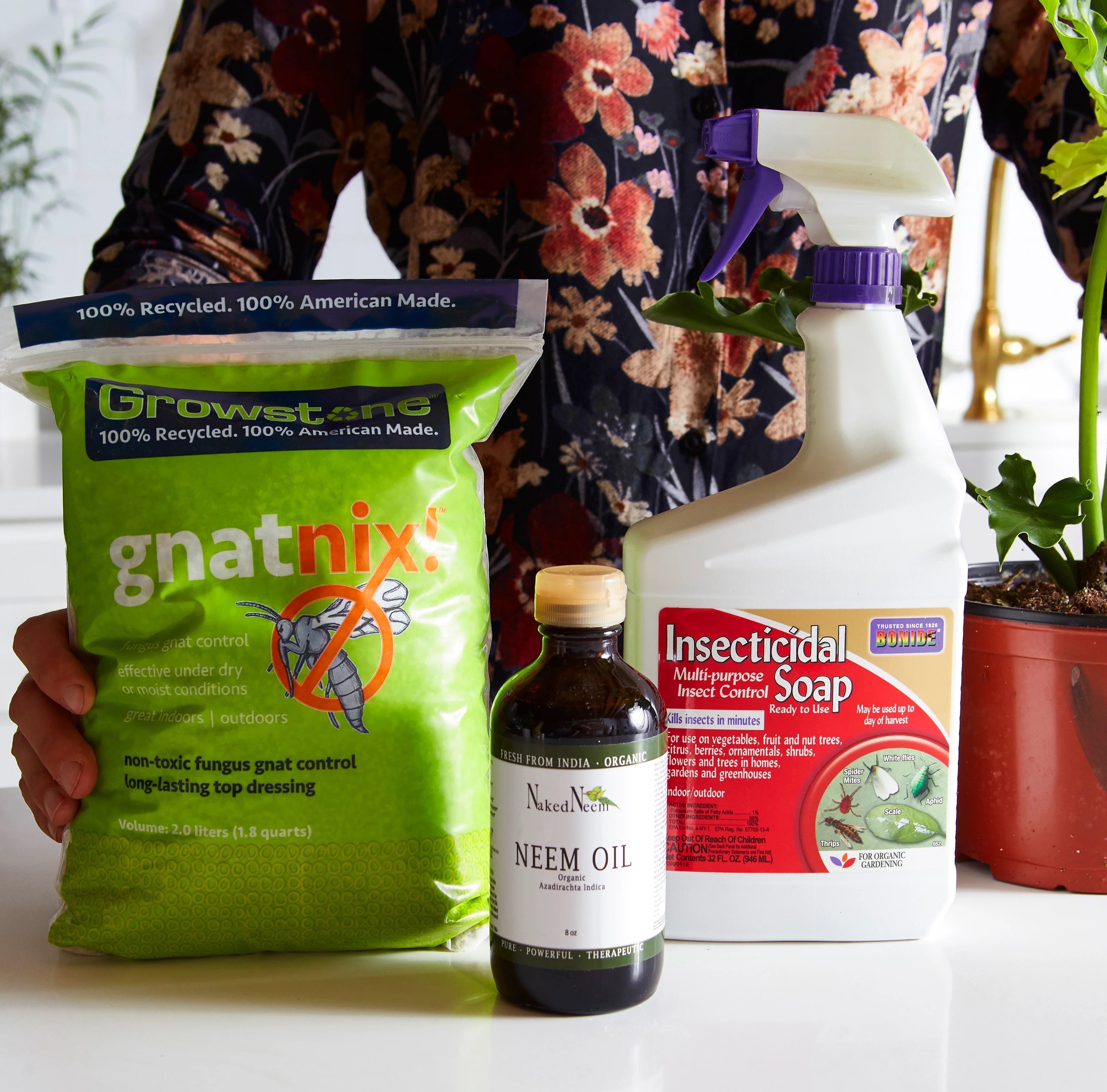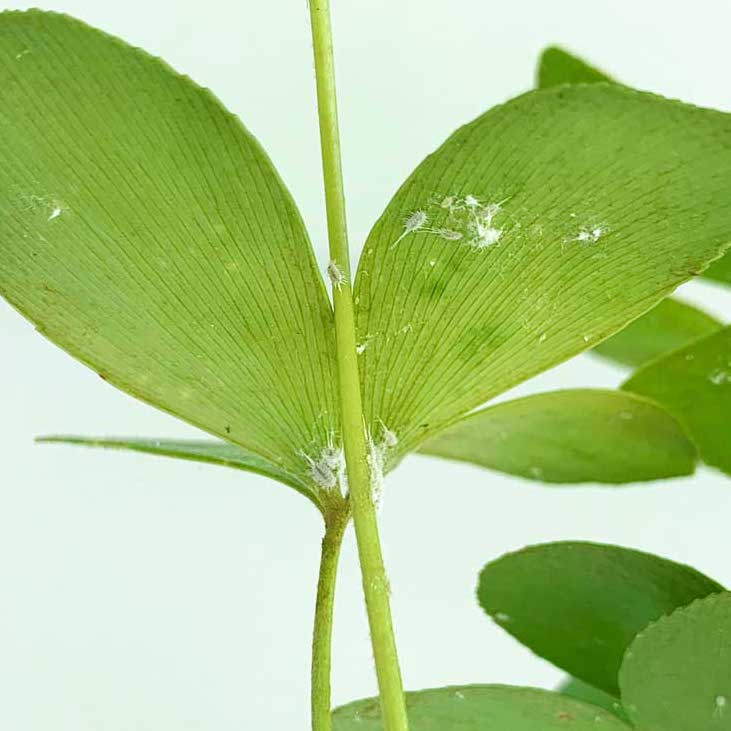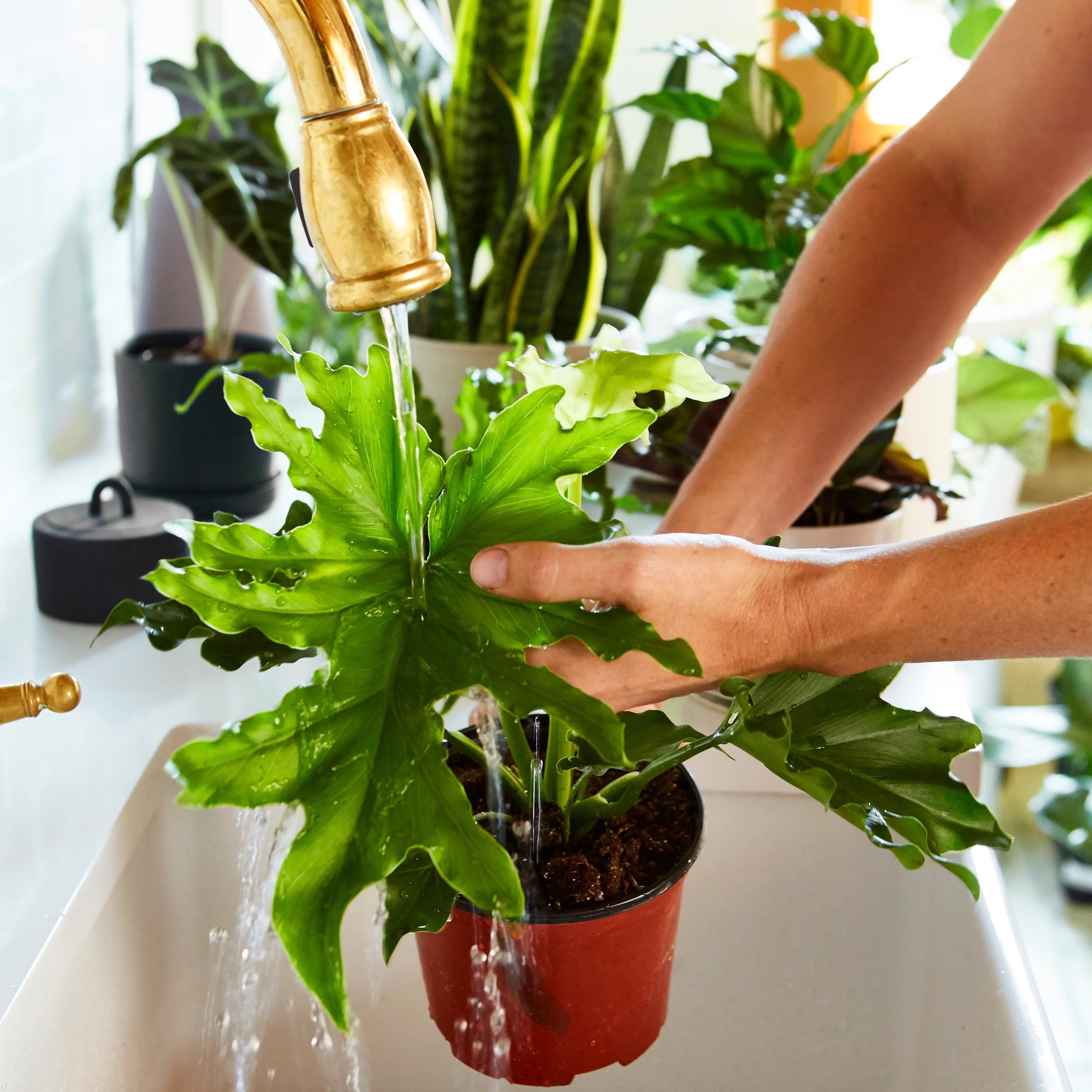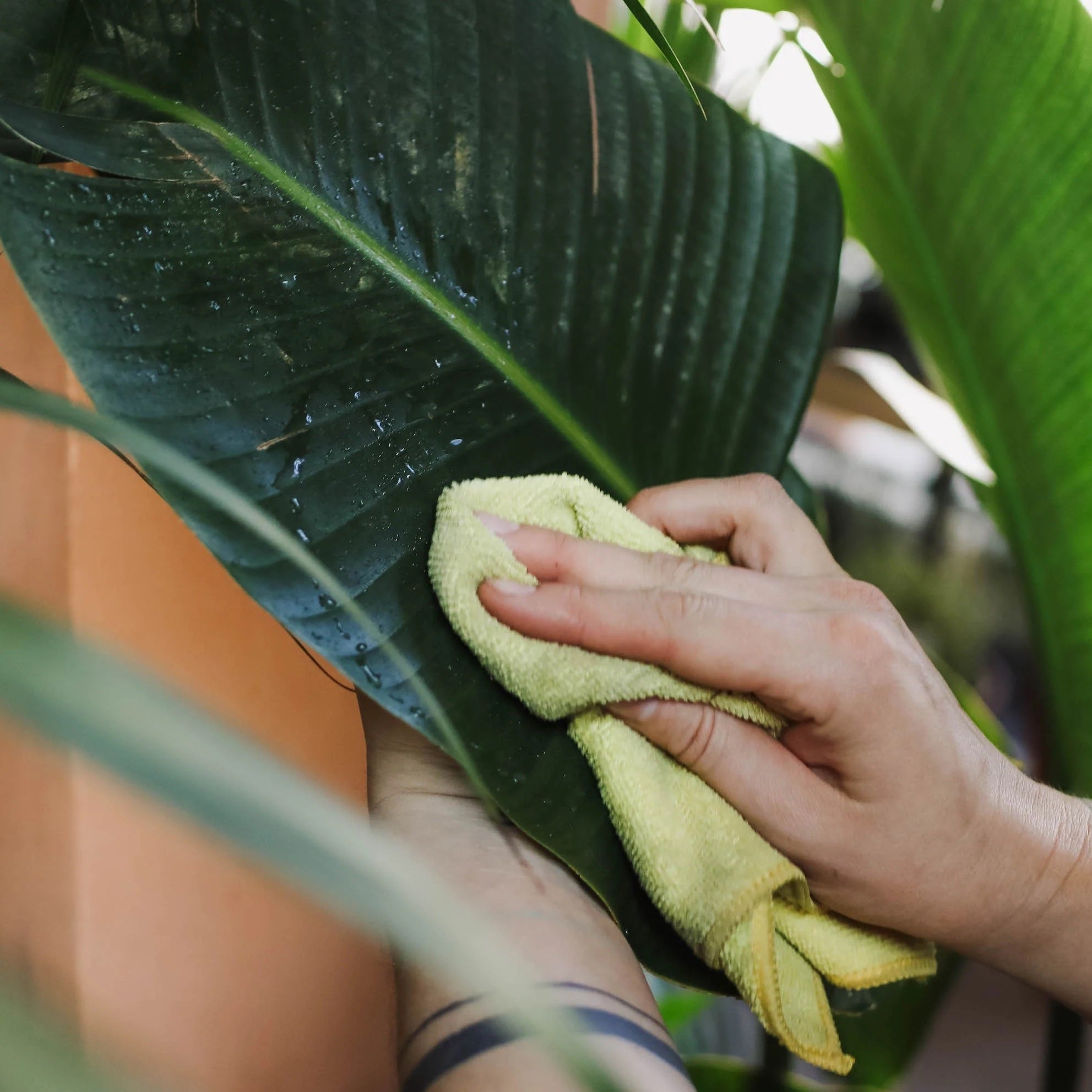Normalizing Pests and Preventing Infestations

Pests happen
Pests are an inevitable part of caring for plants indoors. Everyone from the seasoned indoor gardener to the parent of a single pothos will encounter pests along their plant journey. Finding pests on your plants doesn’t mean there is something wrong with you or with your plants — encountering pests is simply an indication that you’ve invited a living ecosystem into your home. Guiding the equilibrium of your home’s personal ecosystem is part of the plant parenting experience. Personally, we admire how the process helps us further understand life’s delicate web of checks and balances.
Here's a common scenario: You pick out a pristine, healthy plant, take it home and place it on your windowsill. The next day you wake up, admiring your new friend’s foliage and find a bug nestled on the underside of a leaf. You panic, wondering, “How did this happen? Why is it sick? What did I do wrong?” We are here to assure you that pests happen to everyone. Here’s why.
Pests have evolved to stealthily hide on your plants

Pests that are common to houseplants all share the trait of asexual reproduction. This means that a single bug can clone themselves, and in the right conditions, can quickly multiply into a full-blown infestation. Pests begin as microscopic larvae living in the plant’s soil, flesh, or on the undersides of their foliage. Juvenile pests are tough, and sometimes impossible to spot as they can be smaller than the head of a pin. These bugs have evolved to effectively feast on houseplants.
Houseplant-loving pests enter our homes in stealthy ways. Microscopic eggs can hitch a ride in the plant’s soil, and juvenile bugs can attach to clothing, making their way home on your sleeve after you’ve admired a friend’s plant collection. Even an open window is an opportunity for a pest to crawl through the screen, or sail in on the breeze. It’s annoying, and it’s normal. This is one of the many ways that plants remind us we are not separate from nature, but a part of it.
Prevention & non-toxic treatment

In nature, tropical plants (which make up the majority of houseplants) encounter rain, wind, and a variety of bugs and animals that help keep harmful pests in check. However, when we bring plants indoors we disrupt the balance of their native ecosystems. Plant owners must take on the role of the weather and pest predators to keep indoor plants healthy. Regularly rinsing plants, wiping down their foliage, inspecting for pests, and eliminating harmful conditions like dry air and cold drafts will help prevent the spread and growth of pest colonies. As doctors say, an ounce of prevention is worth a pound of treatment.
In the last few years, houseplants have had a higher likelihood of pests. This is because many of the chemicals used to treat them have become regulated due to their role in Colony Collapse Disorder (the phenomenon killing worker bees in bee colonies). Simply put, in order to completely sterilize houseplants from pests, chemicals that contribute to the destruction of our ecosystem need to be used. This is a high cost to pay in order to have fewer houseplant pest problems. While we at Greenery Unlimited promote bringing the outdoors in, we don’t think it should come at the expense of harming our environment.
At Greenery we believe in keeping pests at manageable levels with routine checking, preventative maintenance, and treatment rather than attempting to eliminate pests altogether. Trust us — you can have a house full of healthy, thriving plants, even with the occasional pest flare-up. We have a number of tools available that can help prevent and treat infestations in a safe and effective manner.
Proper plant care — like providing adequate light, humidity, nutrients, and a consistent watering schedule — will keep your plants’ immune system strong, making them less susceptible to pests. Thoroughly inspecting, rinsing, and even quarantining each new plant you bring into your space is the best way to mitigate infestation.
Embrace the process

Caring for plants indoors takes time and effort to be successful — but we think that the energy we invest to maintain happy, thriving plants is worth the reward. Every plant we have saved from a pest and seen through to a healthy recovery is one we end up loving all the more. When new leaves grow on a plant that was once struggling, we experience a deep and satisfying connection with nature.
Pests are a part of life. And we have the tools, tips, and techniques to help you handle life’s inevitable pests. See our guide to identify Common Houseplant Pests & Related Insects for valuable information on how to ID common plant pests like mealybugs and spider mites and find the most effective treatments.
If you’re ready to stock up on pest-preventing tools, we’ve got you covered. Having certain items on hand like neem oil, mosquito bits, and sticky traps will help you prevent infestations and be ready to treat them when they arise.
Recommended Products

